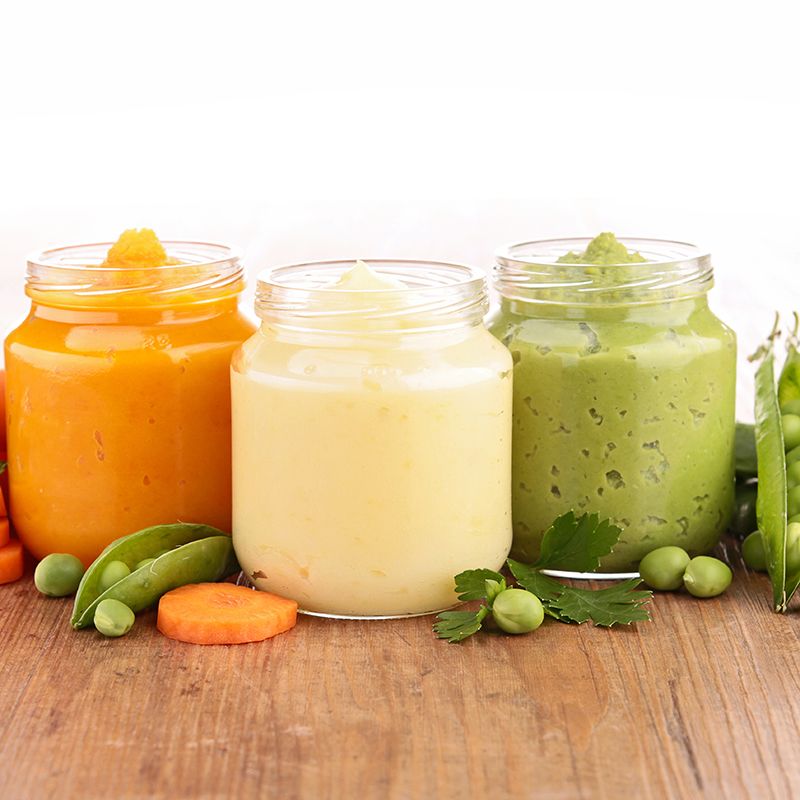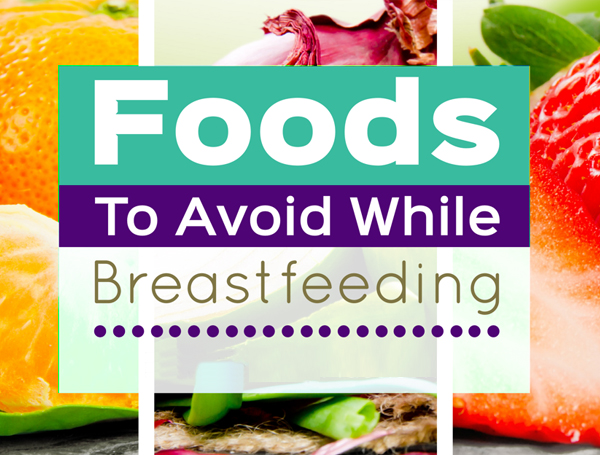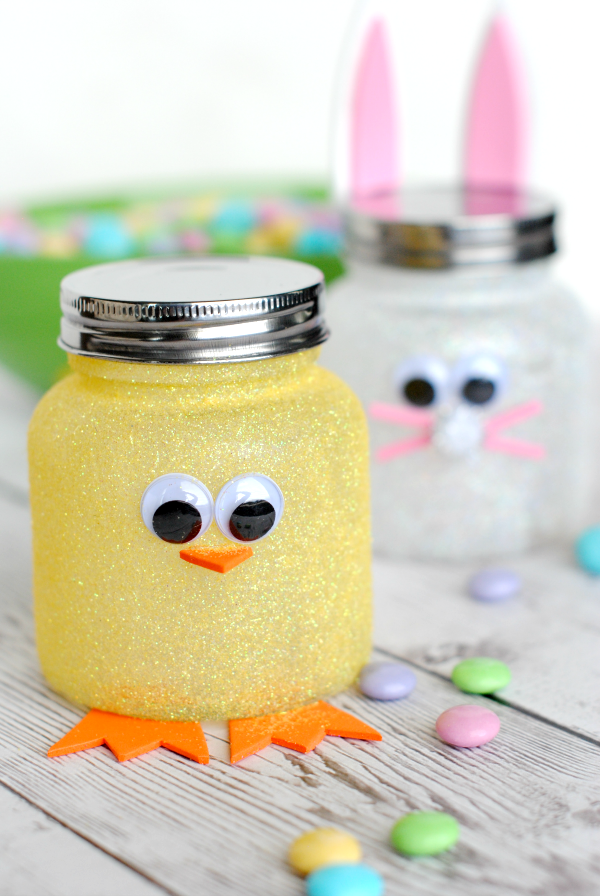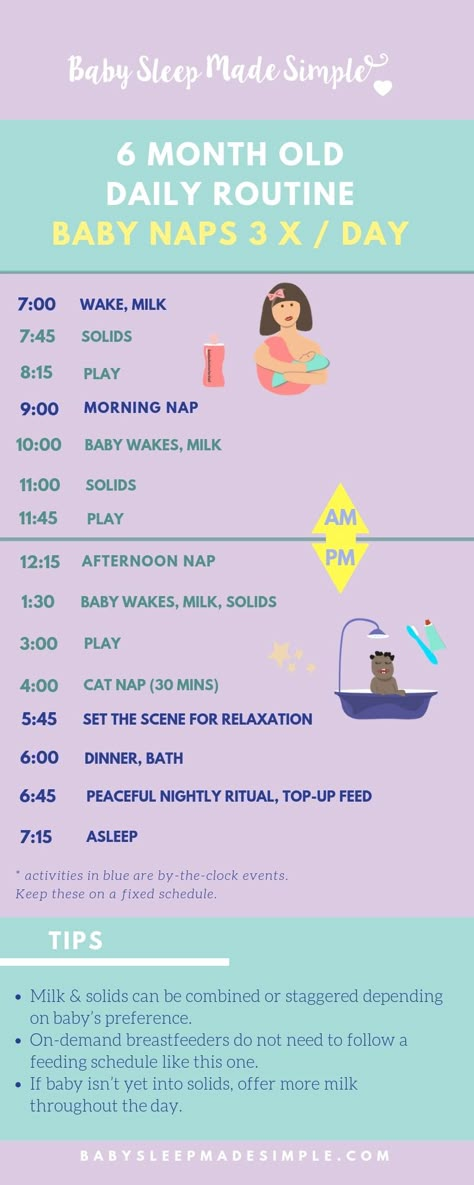Baby food industry in india
India Baby Food Market Size by Categories, Distribution Channel, Market Share and Forecast, 2022-2027
List of Tables
Birth & population trends, 2009-2021
Crude birth rate trends by state, 2000 & 2011-2018
Fertility rate trends by state, 2021
Urban & rural birth rates by state, births per ’000 population, 2011
CBR trends by state, 2021 ( 23 countries)
Live births & population distribution by state, 2001 & 2017
Breakdown of the population by income group, 2010, 2015, and 2020
Expenditure per household in major cities, 2019
Average rural & urban monthly per capita expenditure by fractile, 2011/12
Distribution of households in urban and rural regions of India as of December 2019 and December 2020, by monthly consumption exp enditure
Urban & rural food expenditure by state & region, 2009-2010 & 2011-2012
Urban & rural poverty levels, 1993/94, 2004/05, 2011/12, and 2020
Per capita expenditure on food, 2011-2012
Use of complementary foods, by state and age of baby, 2011/12
Foods consumed, by breastfeeding status and age, %, 2015-2016
Mean age at marriage, 2011-2021
Working women, 2000/01 2017/18
Labour force participation rate (in %) at urban area 2020 and 2021
Working women, 2009/10 2011/12
Employment status of working women, 2011/12 & 2017/18
Percentage distribution of persons (of age 15 years and above) in urban
Breastfeeding prevalence by age of baby, 2005 2015/16
Breastfeeding status by age, %, 2015/16
Breastfeeding habits by state & age, %, 2007/08 & 2012/13
Breastfeeding duration, 2005-2012
Cessation of breastfeeding by age of baby, 2011
Median duration of breastfeeding 2015-2016
Child feeding practices and nutritional status of children 2015/16 2019/20
Leading categories (value), 2021
Leading categories (volume), 2021
Baby food: manufacturer shares, value & volume, %, 2015-2021
Baby food: manufacturer shares by category, %, 2021
Baby milks: SKUs by pack size & type, 2021
Baby milks: brand price positioning analysis, 2021
Baby milks: manufacturer shares, value & volume, %, 2015-2021
Baby cereals: SKUs by pack size & type, 2021
Baby cereals: brand price positioning analysis, 2021
Baby cereals: manufacturer shares, value & volume, %, 2015-2021
Baby meals: SKUs by pack size & type, 2021
Baby meals: brand price positioning analysis, 2021
Baby meals & other: manufacturer shares, value & volume, %, 2015-2021
Baby milks & cereals: trends in imports, 2013-2020
Imports of baby milks & cereals by country of origin, 2018-2020
Other baby food: trends in imports, 2013-2020
Imports of other baby food by country of origin, 2018-2020
Baby milks & cereals: trends in exports, 2013-2020
Exports of baby milks & cereals by country of origin, 2018-2020
Other baby food: trends in exports, 2013-2020
Exports of other baby food by country of origin, 2018-2020
Change in distribution share, 2015-2021
Baby food: sales by outlet type, % value, 2015-2021
Baby food: sales by type of food & outlet type, % value, 2021
Birth & population projections, 2013 2027
Leading categories (value), 2027
India Baby Food and Infant Formula Market Size, Share and Forecast 2022-2027
Market Overview:The India baby food and infant formula market is expected to exhibit a CAGR of 6% during 2022-2027.
Keeping in mind the uncertainties of COVID-19, we are continuously tracking and evaluating the direct as well as the indirect influence of the pandemic. These insights are included in the report as a major market contributor.
Baby food and infant formula refer to the soft and easy to consume food products manufactured for infants and toddlers. They consist of milk protein-based ingredients and act as a substitute for breast milk. These products are commonly available in milk formula, prepared and dried baby food variants. They are a rich source of various nutrients, such as vitamins, carbohydrates, linoleic acid, prebiotics and fats and are manufactured using mashed vegetables, fruits and cereals. Baby food and infant formula aid in the overall development and provide adequate nourishment to the child. Moreover, as infants lack teeth for chewing, baby food and infant formula act as the primary source of nutrition for them.
www. imarcgroup.com
imarcgroup.com
Note: Information in the above chart consists of dummy data and is only shown here for representation purpose. Kindly contact us for the actual market size and trends.
To get more information on the regional analysis of this market, Request Sample
The growth in the India baby food and infant formula market can be attributed to the increasing consciousness among the masses regarding child nutrition and optimal development. Consumers are widely adopting baby food products to provide additional supplements to increase the immunity and health of infants and young children. Moreover, various product innovations, such as the development of ready-to-feed baby food products, that are convenient to use, portable and nutrient-rich, are providing a thrust to the market growth. Additionally, the increasing adoption of premium-quality organic baby food products manufactured using natural ingredients is also favoring the market growth. Other factors, including the increasing expenditure capacities of the consumers, along with the rising female working population, are anticipated to drive the market toward growth across the country.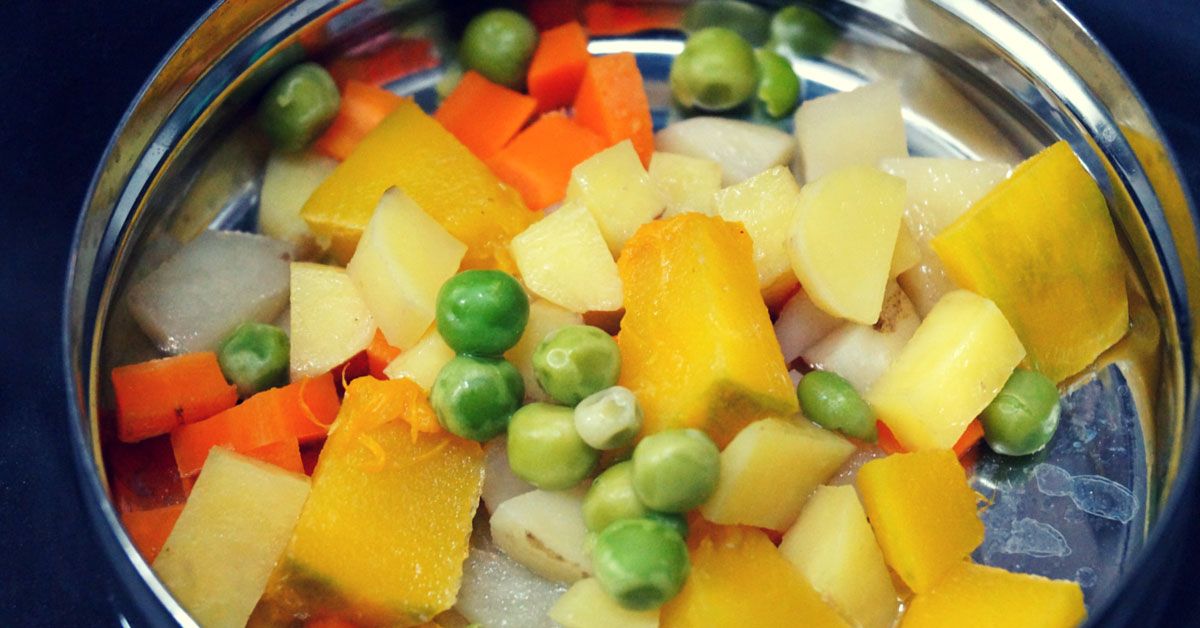
IMARC Group provides an analysis of the key trends in each sub-segment of the India baby food and infant formula market, along with forecasts at the country and regional level from 2022-2027. Our report has categorized the market based on type and distribution channel.
Breakup by Type:
www.imarcgroup.com
Note: Information in the above chart consists of dummy data and is only shown here for representation purpose. Kindly contact us for the actual market size and trends.
To get more information on the regional analysis of this market, Request Sample
- Milk Formula
- Dried Baby Food
- Prepared Baby Food
- Others
Breakup by Distribution Channel:
- Supermarkets and Hypermarkets
- Pharmacies
- Convenience Stores
- Others
Breakup by Region:
- North India
- West and Central India
- South India
- East India
The competitive landscape of the industry has also been examined along with the profiles of the key players.
| Report Features | Details |
|---|---|
| Base Year of the Analysis | 2021 |
| Historical Period | 2016-2021 |
| Forecast Period | 2022-2027 |
| Units | US$ Million |
| Segment Coverage | Type, Distribution Channel, Region |
| Region Covered | North India, West and Central India, South India, East India |
| Customization Scope | 10% Free Customization |
| Report Price and Purchase Option | Single User License: US$ 2299 Five User License: US$ 3399 Corporate License: US$ 4499 |
| Post-Sale Analyst Support | 10-12 Weeks |
| Delivery Format | PDF and Excel through Email (We can also provide the editable version of the report in PPT/Word format on special request) |
Business dialogue “An hour with the Trade Representative of Russian Children’s Products Industry: Russia – India” took place at the XII IDT Congress
Color scheme:
C C C C
Font
Arial Times New Roman
Font Size
A A A
Kerning
1 2 3
Images:
Regular version
Information
12/23/2021
Views: 252
Within the framework of the XII Congress of the Children's Goods Industry, an online business dialogue "An Hour with the Trade Representative of the Russian Children's Products Industry": Russia - Delhi" was held, organized by the Ministry of Industry and Trade of Russia and the Association of Children's Goods Industry Enterprises.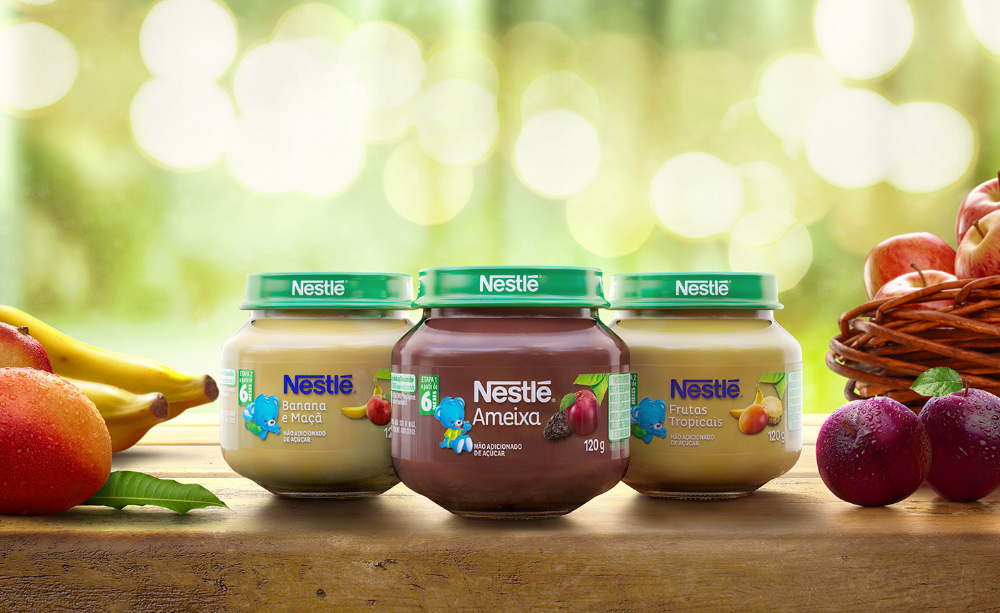 The main speakers of this session were Evgeny Ostapkevich, Head of the Operations Department of the Trade Representation of the Russian Federation in the Republic of India, Anna Krotova, Head of the International Economic Center, and Nikita Semenov, member of the Board of Directors of the Topol Group of Companies. Anastasia Vasilkova, co-founder and head of the direction for the development of export of goods and services of Choupette, moderated the hour with the trade representative.
The main speakers of this session were Evgeny Ostapkevich, Head of the Operations Department of the Trade Representation of the Russian Federation in the Republic of India, Anna Krotova, Head of the International Economic Center, and Nikita Semenov, member of the Board of Directors of the Topol Group of Companies. Anastasia Vasilkova, co-founder and head of the direction for the development of export of goods and services of Choupette, moderated the hour with the trade representative.
Yevgeny Ostapkevich, Head of the Operations Department of the Trade Mission of the Russian Federation in the Republic of India, spoke about the specifics of interaction with Indian partners and measures to support exporters provided by the Trade Mission of India. The speaker spoke about the general economic situation in India and the state of affairs in the Russian-Indian trade and economic cooperation, with a special emphasis on children's products that could be in demand in India.
The expert named two categories of goods: children's toys and baby food, and explained why, according to the trade mission, they will be in demand in the growing Indian market.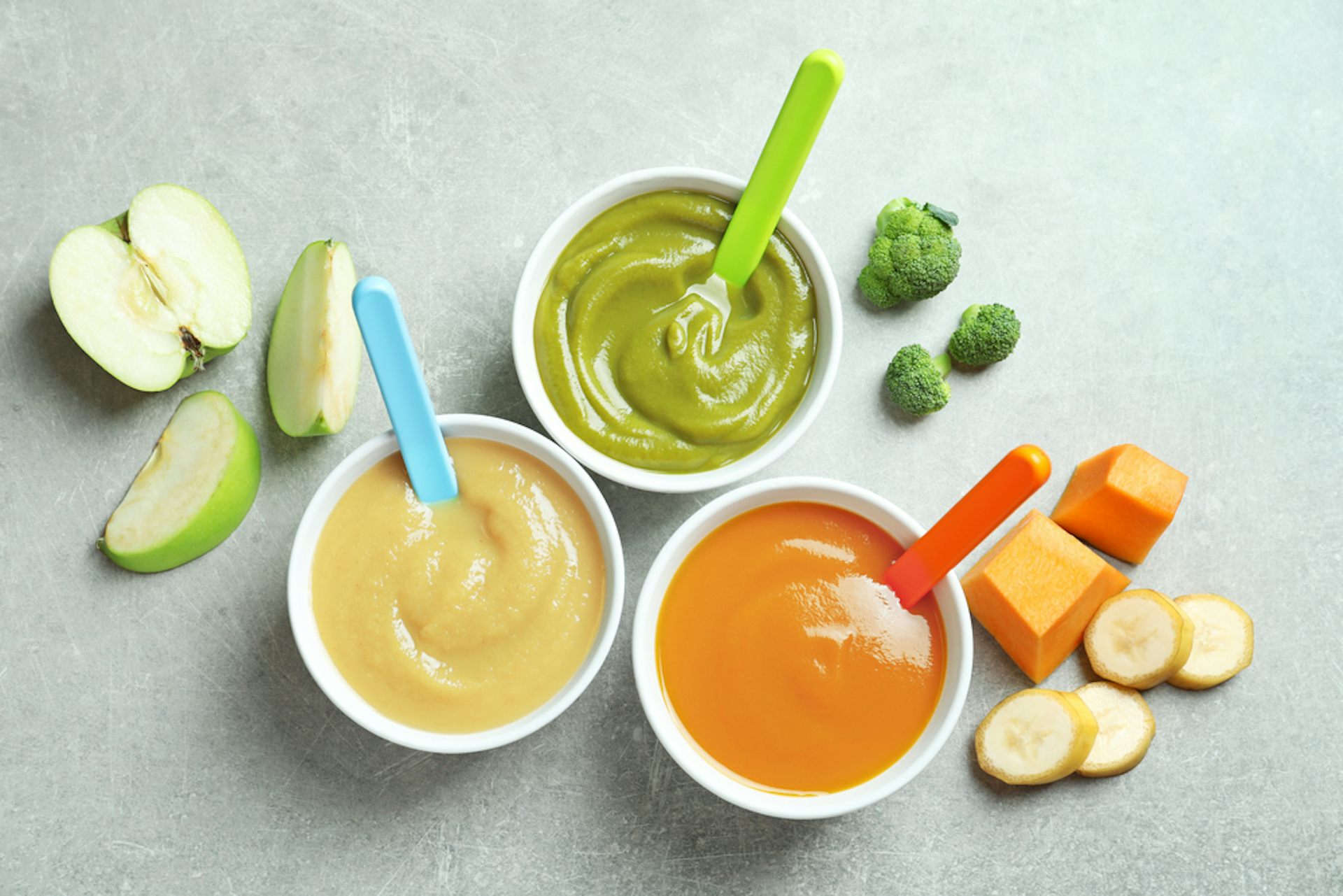
India's children's toy market reached US$1.2 billion in 2020. Of these, only 20% are produced in India, 80% are exported from other countries, primarily from China: the export of toys from China reached 600 million US dollars. According to analysts' forecasts, the children's toys market in India will grow by another 12% over the next 5 years.
The Indian government is trying to stimulate its own production of toys, in particular, protective import duties. For some goods, the duty rate reaches 60%.
Basically, toys in India are produced by small and medium-sized businesses. Clusters in which producers work on favorable terms are usually created by the states and they operate on the basis of a common message - "Make in India". Indian authorities give their producers significant preferences.
In this regard, the Trade Representation recommends that Russian companies enter the Indian toy market, taking into account local realities - the prospect of localizing production in India, which will help to avoid barriers in the form of high duties and expensive logistics.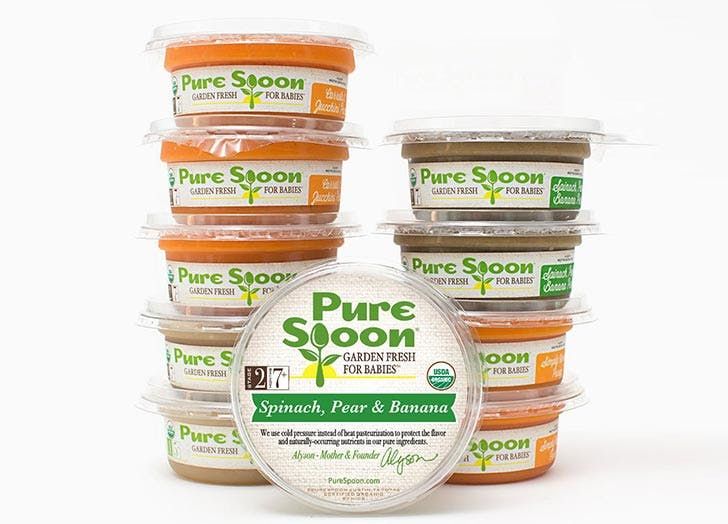
The second interesting niche for export is baby food. The mentality needs to be taken into account here - Indians have a traditional way of thinking and don't really trust packaged baby food, especially for babies. But at the same time, the demand for baby food is growing along with an increase in the birth rate.
In addition, in India, the number of working women who have to look for a replacement for traditional nutrition is constantly increasing. The main export segments, as seen by the Trade Delegation, are milk formulas, cereals for baby food and ready-made mixtures of vegetables and fruits. These prepared food segments are the fastest growing and are expected to grow by another 22% in the near future.
Baby food, like toys, is subject to high import duties. The import of food products in India is controlled by a special division, and a license will be required for a particular manufacturer or supplier.
In general, for all comers who would like to enter the Indian market with Russian goods, a "field" or "desk" study will be mandatory. If you come to the conclusion that your product will be in demand, study the sales channels - they often do not coincide with Russian ones. The third step is to bring products in line with international and Indian standards and identify partners correctly. The most reliable payment system when dealing with Indians is a letter of credit.
If you come to the conclusion that your product will be in demand, study the sales channels - they often do not coincide with Russian ones. The third step is to bring products in line with international and Indian standards and identify partners correctly. The most reliable payment system when dealing with Indians is a letter of credit.
The Indians discuss each clause of the treaty for a very long time, they do not make hasty decisions. When entering the Indian market, one should not expect an instant result, one must be prepared for lengthy negotiations, including on opening part of the production in India and creating jobs there.
The Trade Delegation is ready to advise anyone who would like to enter the Indian market and can provide a partner search service with a preliminary check of interest. Together with the REC, the Trade Representation organized a special export support group.
The recording of the event is available at the link.
A conversation about how to properly enter and promote Russian manufacturers of children's goods in different countries, not only in India, will be one of the topics of discussion at the Secrets of Children's Marketing forum, which will be held on March 16-17, 2022.
Reference
The Children's Goods Industry Congress is the main industry event of the year, which is held to organize a dialogue between business and the state, popularize the best practices of industry leaders, and form new tools for international and scientific and industrial cooperation. The event is held with the assistance and support of the Federal Assembly of the Russian Federation, the Ministry of Economic Development, the Ministry of Education, the Ministry of Education and Science, the Ministry of Finance, the Ministry of Labor, the Ministry of Culture, the Ministry of Natural Resources and other departments.
Representatives of the Russian and international children's goods market, industry experts and organizations were invited to participate in the XII IDT Congress in 2021. Participation in the event is free.
The main topic of the XII Congress of the children's goods industry was the concept of sustainable development in the interests of childhood, which is reflected in the Action Plan ("road map") for the development of the children's goods industry until 2024, approved by the order of the Government of the Russian Federation No. 1813-r of 07/11/2020. and determining all the important and complex tasks of industry for a given period.
1813-r of 07/11/2020. and determining all the important and complex tasks of industry for a given period.
Why is Nestlé baby food not finding adequate demand?
According to Euromonitor, in 2018, the largest growth in sales in the infant formula segment came from specially formulated foods for babies who have just transitioned from breastfeeding to formula. 123rf.comSwiss food giant Nestlé is trying to diversify its baby food range and bring innovative products to market. The prospects here are promising. However, many critics are skeptical. And they have a reason to.
This content was published on January 10, 2020 - 11:00Jessica Davis Pluss (Jessica Davis Pluss)
In the first weeks of life, Lindsay Beeson's baby developed a rash, traces of blood on diapers, diarrhea and vomiting.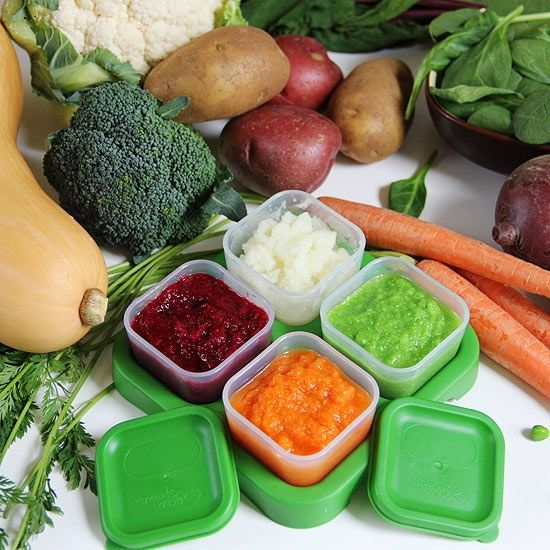 Doctors diagnosed an allergy to cow's milk. Like many other mothers in her situation, Lindsey eliminated milk from her baby's diet and, in addition to breastfeeding, began to gradually introduce complementary foods with hypoallergenic infant formula. In the second year of his life, her son was switched to milk formulas specially designed for babies with allergies. “I knew that they contained a balance of proteins, fats and vitamins similar to the composition of cow's milk. And my son liked the taste,” she said in an interview with swissinfo.ch.
Doctors diagnosed an allergy to cow's milk. Like many other mothers in her situation, Lindsey eliminated milk from her baby's diet and, in addition to breastfeeding, began to gradually introduce complementary foods with hypoallergenic infant formula. In the second year of his life, her son was switched to milk formulas specially designed for babies with allergies. “I knew that they contained a balance of proteins, fats and vitamins similar to the composition of cow's milk. And my son liked the taste,” she said in an interview with swissinfo.ch.
Show more
For global food concerns such as Nestlé, the development and launch of new formulas for infants up to one year of age, including those suffering from allergic reactions, requiring special dietary nutrition or simply picky eaters, is another and very important abroad in expanding the range of baby food.
Speaking to a group of journalists in Lausanne, Thierry Philardeau, Nestlé's Senior Vice President of Strategic Dairy Business Development, recently stated: all babies and their mothers. " From a practical point of view, the concern's strategy is to fill the gaps that arise in the nutrition of mothers and their children, regardless of whether the children receive artificial feeding, natural breastfeeding or combination.
" From a practical point of view, the concern's strategy is to fill the gaps that arise in the nutrition of mothers and their children, regardless of whether the children receive artificial feeding, natural breastfeeding or combination.
The Swiss concern continues to focus on the nutrition of premature babies and children with special medical conditions. And yet, in recent years, he has consistently increased investment in research and development in order to obtain new products for the nutrition of children after the age of six months of life, that is, for a particularly difficult period when breast milk alone is no longer enough to meet the nutritional needs of a child. , and a complete transition to artificial food has not yet taken place.
Artificial demand or valuable nutritional supplement?
Nestlé baby food has a direct impact on the health of millions of children around the world. More than 150 years have passed since Henri Nestlé (1814-1890) invented Farine Lactée, a baby porridge to support malnourished children. Today, Nestlé is the world's largest infant formula company. It has a fifth market share, followed by Danone in second place.
Today, Nestlé is the world's largest infant formula company. It has a fifth market share, followed by Danone in second place.
In recent years there has been a real boom in breastfeeding around the world. The profits of infant formula companies have fallen. Therefore, today these companies rely on "older babies" and on related products. According to EuromonitorExternal Link , the largest sales growth in the infant formula segment in 2018 came from specially formulated foods for infants who have just transitioned from breastfeeding to formula.
External content Today in supermarkets in almost every country in the world you can find the widest range of types of milk powder, dairy product concentrates and breast milk substitutes for children under one year old. It would seem great, but not everyone is satisfied with these products. Activists such as Patti Rundall are sounding the alarm. Since the 1980s, she has served as Director of Strategic Policy for Baby Milk ActionExternal Link , an international network of baby food organizations. Since her filing, the world has experienced a number of very large litigations in connection with the production and sale of artificial nutrition from Nestlé Corporation.
Since her filing, the world has experienced a number of very large litigations in connection with the production and sale of artificial nutrition from Nestlé Corporation.
Show more
What's the problem? It turns out that, according to her, the Nestlé and Danone concerns are the main initiators of the promotion of baby food for babies and milk formulas for children aged from 6 months to 3 years and further up to the age of nine. They use the same or very similar symbols (logos) as on infant formula, so parents, when they see the brand name, believe that they have a whole product line in front of them. However, new formulas for infant formula are just a marketing ploy.
“There is nothing new in them, so all milk formulas, starting with formulas “6 months+”, as well as formulas for children from 1 year to 3 years and older, are simply not needed, they are just a way to get more money out of parents’ pockets ”, P. Randall told swissinfo. ch. “This product should be removed from the market. But the market has become so huge that no one wants to do it, although everyone knows that they are dealing with violations of the provisions of the WHO Guidelines to stop inappropriate forms of promotion of foods for infants and young children.
ch. “This product should be removed from the market. But the market has become so huge that no one wants to do it, although everyone knows that they are dealing with violations of the provisions of the WHO Guidelines to stop inappropriate forms of promotion of foods for infants and young children.
More precisely, we are talking about the International Code on the Marketing of Breastmilk Substitutes, adopted by WHO in 1981. This document sets standards for ethically responsible marketing, including restrictions on advertising, sponsorship, and giving away free samples of infant formula. The default document proceeds from the fact that, anyway, only breastfeeding is the ideal nutrition for a healthy baby up to six months, which, in fact, Danone, Nestlé and their opponents agree with.
Pressure from the baby food industry
Controversy arises at the gray zone stage, when complementary foods with other foods and beverages can be introduced at about six months of age and older. You can enter, but is it necessary? And this is where the problem lies. Don't concerns create artificial demand, beneficial primarily to themselves? It is really difficult to understand this, the information received by parents from baby food manufacturers, doctors and staunch opponents of factory baby food is often contradictory.
You can enter, but is it necessary? And this is where the problem lies. Don't concerns create artificial demand, beneficial primarily to themselves? It is really difficult to understand this, the information received by parents from baby food manufacturers, doctors and staunch opponents of factory baby food is often contradictory.
Some scientific studies state that so-called “Third level milk formulas” for children aged one to three years are not needed, but they can help compensate for nutritional deficiencies, especially in cases of malnutrition or lack of certain nutrients substances in local foods”. So what's wrong with giving kids a better chance at delicious and most importantly healthy food?
Show more
Criticism of Nestlé has a long history. About forty years ago, breastfeeding activists first vociferously accused Nestlé of using an aggressive marketing strategy that resulted in mothers declining to breastfeed in favor of infant formula. The ensuing widespread boycott of Nestlé products led to major changes in the formation of marketing strategies.
The ensuing widespread boycott of Nestlé products led to major changes in the formation of marketing strategies.
However, Catherine Watt of the Geneva group La Leche LeagueExternal link , an international public private secular organization to support breastfeeding mothers, says that many women today stop breastfeeding earlier than they should. Why? “This is happening as a result of veiled pressure from the baby food industry, which has an arsenal of advertising in favor of various types of complementary foods and infant formula,” she said. “If there are doubts about whether the baby has enough breast milk, and there is some kind of milk formula in the closet, you just try to use it. And now you are already “under the hood” of the industry.”
Show more
In developing countries, the consequences of such a move can be most dramatic. CTO of the Breastfeeding Promotion Network of India BPNIExternal link JP Dadhich is particularly concerned about the high cost of these products, their negative environmental impact and potential risks of infection.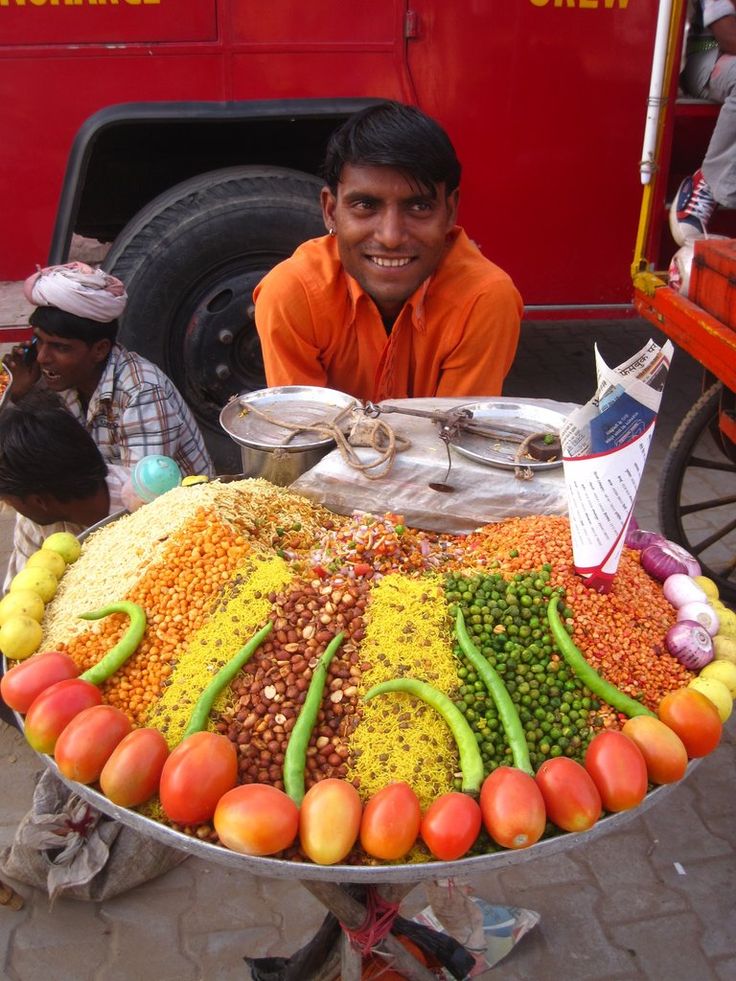
“We can't be sure about the quality of the water that these formulas are based on, which increases the risk of diarrhea. And this is in conditions when there is now enough milk of animal origin in India. After boiling, it is completely safe, in addition, it is quite acceptable here, taking into account the cultural traditions of the country. For children, it is better to use complementary foods from quality local products, continuing to breastfeed the child after 6 months.”
The World Health Organization (WHO) is also concerned that infant formula designed specifically for babies after one year of age can shorten the duration of breastfeeding by depriving the baby of important nutrients, especially if the products are labeled similarly and are promoted as more healthy alternative to breastfeeding due to the increased content of vitamins and minerals.
The devil is in the details
All this has caused and continues to cause heated discussions between governments and food company lobbyists. “One of the challenges with 'level 2' formula (after 6 months) is the need to understand whether foods for children aged 1 to 3 years should be considered specifically as 'substitutes' for breast milk, and if not, what should they be called.” Tom Heilandt of the Codex Alimentarius Commission, an international food standards group, tells us this.
“One of the challenges with 'level 2' formula (after 6 months) is the need to understand whether foods for children aged 1 to 3 years should be considered specifically as 'substitutes' for breast milk, and if not, what should they be called.” Tom Heilandt of the Codex Alimentarius Commission, an international food standards group, tells us this.
Some governments would like to ban these formulas so as not to completely "kill" the motivation to breastfeed, while other countries want to leave the choice to consumers. India is a country with some of the most stringent regulations. Here, any products intended specifically for children under the age of two years are categorized as breast milk substitutes and thus fall under the international “Code of Regulations” of WHO. Group NestléExternal link says it has gone further than many other players in the industry by operating under European Union rules coming into effect in 2020.
Show more
At the same time, Nestlé opposes any additional regulation, arguing, based on studies already conducted in many countries, that any artificial nutrition alternative will still be less healthy than any mixture.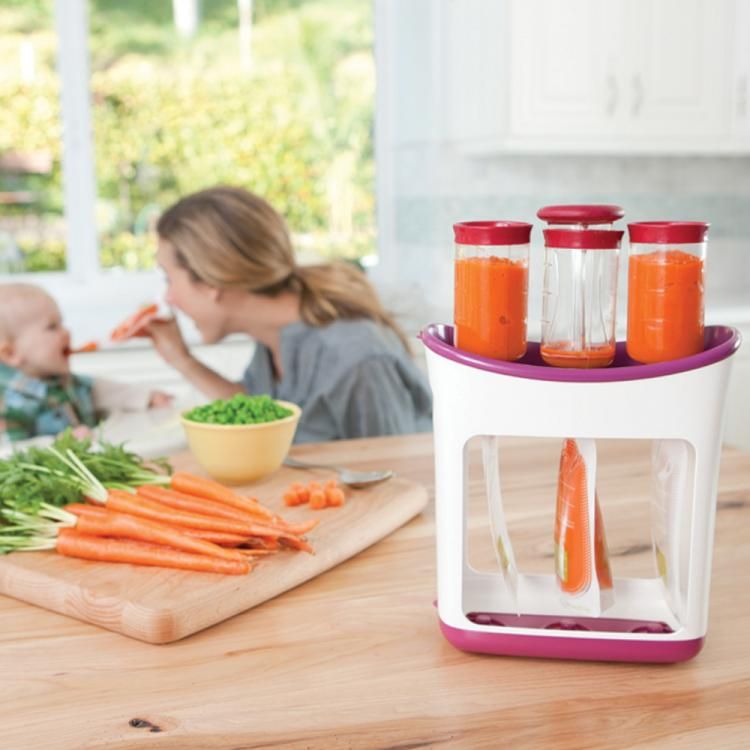 “There is no point in restricting nutrition advertising for children under the age of one, especially when there are almost no restrictions on advertising Coca-Cola and other fast food anywhere,” says T. Filardo.
“There is no point in restricting nutrition advertising for children under the age of one, especially when there are almost no restrictions on advertising Coca-Cola and other fast food anywhere,” says T. Filardo.
Always guilty?
Nestlé recognizes that it needs to proceed with caution given its history of high-profile scandals. “It’s not for you to sell chocolate, we have a huge responsibility. Every year we produce formula for 15 million children, which is equal to the population of the Netherlands,” says T. Filardo. At the same time, the company has already updated its marketing policy several times by creating a system for reporting violations and annually providing reports on compliance with its obligations.
Unlike the pre-1980s era, the company is very clear that "breastfeeding is the best feeding option." At the same time, she wants her food products for children to be almost in no way inferior in quality to breast milk. Critics say it's not enough to be "the lesser of the evils.